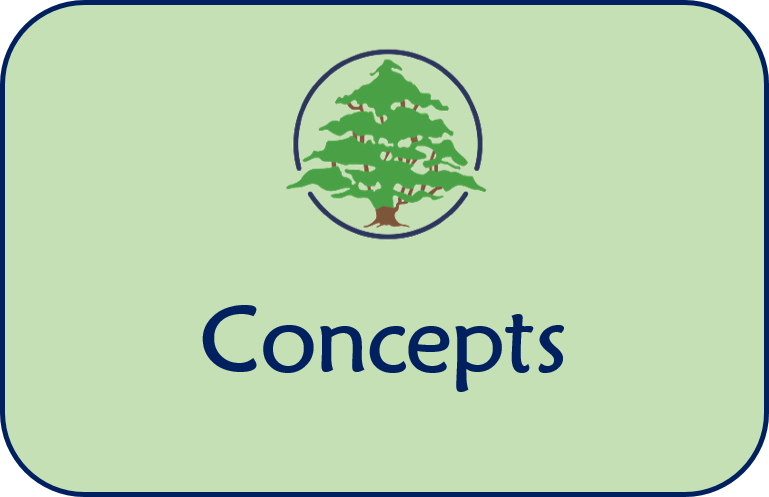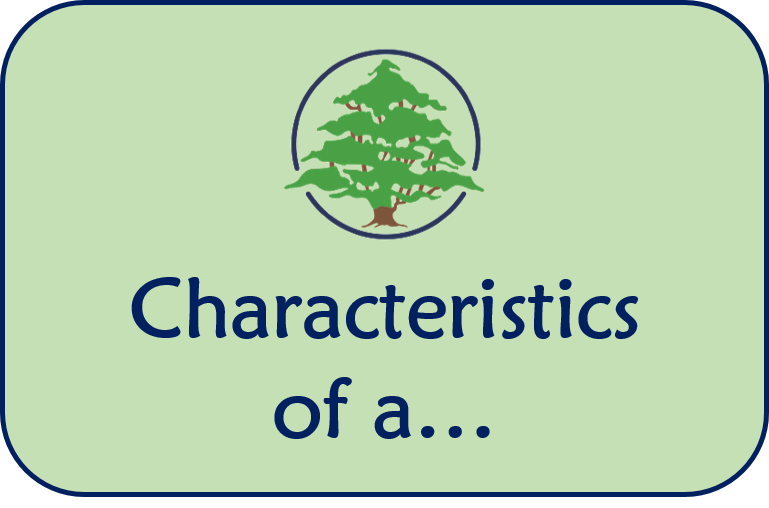Art & Design
Art & Design at Stocksbridge Junior School
Our vision is to inspire creativity, encourage self-expression, and celebrate the achievements of our pupils as they learn to work like artists and designers. We want every pupil to develop practical skills, build their knowledge, and learn to think critically about their own work and the work of others. Our aim is to provide an inclusive environment where every pupil feels empowered to explore, experiment and innovate through various artistic mediums.
Intent
Our art and design curriculum is designed to inspire creativity, build skills, and create a lasting appreciation for artistic expression. Through a broad study of art and design, we ensure all pupils progress from their key stage 1 foundations.
We structure our art and design curriculum and lessons around these six key concepts.
- Formal elements – the basic building blocks artists use – line, tone, shape, colour, form, pattern and texture.
- Techniques and media – the methods and materials used by artists.
- Individual expression – unique creativity shaped by personal experiences, emotions and culture.
- Art history – art from different times and places.
- Diversity – including many viewpoints and experiences and celebrating differences.
- Evaluation – judging the value of artwork, how it looks, what it means and its importance.
These concepts are designed to focus on three important areas of knowledge in art: practical ‘knowledge of how to create art, craft and design’, theoretical ‘knowledge of the tools, materials and history of art, craft and design’, and disciplinary ‘knowledge of the concept of art itself, such as ways it is judged, valued and evaluated’.
In our art and design lessons, pupils learn a variety of skills and techniques for making art using different media and materials to create artwork. They also develop an understanding of how to use a variety of tools and materials. By learning about art movements and styles, they develop a knowledge of how art has evolved and its cultural role. By looking at the work of different artists, they learn how art is evaluated in different contexts, how it is judged, valued and regarded as significant.
Our art and design curriculum is designed to meet the needs of all pupils, providing each child with the opportunity to nurture their talents, develop their skills, and express their ideas. It also fosters a love for art and a deeper understanding of its cultural and historical significance.
Implementation
All the knowledge and skills that our pupils encounter in our art and design curriculum are taught through the six key concepts, which are revisited throughout the key stage to help pupils retain essential information that they can apply when creating and discussing art. These concepts also provide pupils with a shared language to discuss, critique and evaluate their own and others’ work. Through repeated exposure to the key concepts, our pupils develop a deeper understanding of how these key concepts interconnect and influence one another.
The key concepts ‘formal elements’ and ‘techniques and media’ are encountered by our pupils when they engage in these areas of making in art.
- Drawing: Experimenting with shapes, lines and textures using various tools and techniques. This area of art and design is linked to themes in other curriculum areas, e.g. science, music, reading and PSHE.
- Painting & mixed media: Exploring paint types, brushstrokes, and layered compositions using diverse materials such as collage and digital tools and linking to themes in other curriculum areas, e.g. history, science and reading.
- Sculpture & 3D: Creating three-dimensional artworks using materials like clay, card and paper and linking to themes in other curriculum areas, e.g. mathematics, geography and PSHE.
- Craft & design: Learning techniques like weaving, printing and papercraft, and creating handmade objects linked to themes in other curriculum areas, e.g. history, PSHE and design and technology.
- The key concept ‘individual expression’ is encountered by our pupils by generating their own ideas, knowledge of artists and evaluating and analysing artwork.
- The key concepts ‘art history’ and ‘diversity’ are encountered when pupils develop their knowledge of artists, and evaluate and analyse works of art.
- The key concept ‘evaluation’ is encountered when pupils evaluate their own work and the work of others.
Through drawing, paint and mixed media, sculpture and 3D, and craft and design, our pupils explore the methods and techniques used by different artists, use a range of media and materials and encounter the formal elements: line, tone, shape, colour, form, pattern and texture. As pupils progress through the art curriculum, they deepen their understanding of each area of making and learn how different artists use them to create personal, unique works of art that have cultural and historical significance. Through the study of art and artists, our pupils learn to describe, analyse and communicate their thoughts about their own and others’ work using a common language for discussing art and design.
Our curriculum follows a spiral model, where key skills and knowledge are revisited over the key stage with increasing complexity, allowing our pupils to build upon prior learning. Each unit acts as a building block, ensuring cumulative progress and fostering a deeper understanding of art over time.
Pupils in Year 3 to Year 6 participate in weekly art and design lessons for three half-terms per year, focusing on drawing, painting, sculpture, and craft and design. During these lessons, all pupils look at, discuss, and evaluate a range of noteworthy artists and their work, covering traditional, modern, and contemporary art pieces.
To effectively teach art and design, we employ a range of teaching strategies, including:
- Differentiated instruction: Tailored to meet diverse learning needs.
- Modelled instruction: Demonstrating skills and processes for pupils.
- Scaffolding: Providing support, then gradually reducing the support as pupils gain confidence.
- Cross-curricular links: Connecting art with other subjects like history and science.
- Choice-based learning: Empowering pupils to choose materials and techniques.
- Collaborative learning: Promoting teamwork and communication.
- Reflective practice: Encouraging self-assessment and goal-setting.
Teachers adapt lessons to meet diverse learning needs by using various techniques, including:
- Pre-teaching to develop knowledge and skills.
- Collaborative learning structures to help pupils formulate responses.
- Bespoke visual resources and dual coding to enhance understanding.
- Knowledge organisers to support recall of key information.
- Adapted tasks and opportunities to work with adults for support.
- Challenge is provided by adapting activities to promote critical thinking, creativity, and independent exploration.
Our school is committed to providing an inclusive education that serves the diverse needs of all our pupils, including those with Special Educational Needs and Disabilities (SEND). Our art and design curriculum has been carefully designed to meet the needs of all pupils and ensures that SEND pupils receive the support and adaptive teaching necessary to succeed in art and design. Teachers pre-teach new vocabulary and break down learning into clear success criteria. They use collaborative learning structures to promote communication and reinforce learning. They adapt resources to make learning more accessible, regularly check for understanding, and modify tasks using a range of tools and resources to support pupil needs. By thoughtfully adapting our art and design curriculum, we ensure that SEND pupils receive the support they require to thrive and succeed in this subject.
Learning in art and design is evaluated regularly through a variety of assessment opportunities interwoven throughout each lesson and unit. We use a combination of assessment strategies aimed at evaluating our pupils’ knowledge and skills in art and design against a set of success criteria and endpoints.
Assessment includes:
- Observation: Tracking the development of skills, techniques and creativity.
- Questioning: Checking knowledge retention and understanding.
- Art sketchbooks: Documenting progress through ideas and reflections.
- Final artwork: Work that is assessed based on success criteria and end points.
Regular feedback guides pupils’ learning and offers support and challenge to further their success in art and design.
By using a variety of assessment strategies and providing meaningful feedback, teachers carefully assess our pupils’ progress in art and design at key stage 2.
To enable our pupils to exhibit their skills in art and design, the school has close links with community groups. These connections allow our pupils the opportunity to be involved in designing and creating artwork to be featured in the school’s locality and community.
To ensure that our staff feel confident to deliver inspiring and creative lessons, we have invested in high-quality, continuous professional development ranging from art and design research reviews, staff meetings, blogs, and Kapow instructional videos to locality support and courses.
Impact
Our pupils develop and extend their learning in art and design throughout the whole key stage and meet and exceed the expectations of the national curriculum. They can produce creative work, explore their ideas, experiment, and keep a record of their learning in their art sketchbooks. By learning the methods and techniques associated with these areas of making, our pupils are skilled in drawing, painting, sculpture and craft and design. Our pupils have the confidence to work with a variety of mediums and experiment with a range of different techniques. Our pupils can actively engage in their learning journey by discussing their ideas, making decisions about their own creative choices and evaluating their work and suggesting improvements. By using a rich and varied vocabulary, our pupils can express their ideas and opinions about their own work and the work of others. By looking at the work of artists from different times and a variety of backgrounds, our pupils know about their work and the historical and cultural development of their art, and its significance.
The assessment opportunities built into each lesson ensure that our pupils are both supported and challenged, so that pupils can approach the key concepts: formal elements, techniques and media, individual expression, art history, diversity, and evaluation with confidence.
We foster in every child a love of art, creativity and an appreciation of art. As pupils complete the end of key stage 2, through skilful teaching, insightful assessment and carefully designed support, all pupils will have acquired the firm foundations upon which to continue and build their learning journey in art and design in key stage 3 and beyond.
Stocksbridge Junior School Curriculum for Art & Design
The National Curriculum for Art & Design
Purpose of study
Art, craft and design embody some of the highest forms of human creativity. A high-quality art and design education should engage, inspire and challenge pupils, equipping them with the knowledge and skills to experiment, invent and create their own works of art, craft and design. As pupils progress, they should be able to think critically and develop a more rigorous understanding of art and design. They should also know how art and design both reflect and shape our history, and contribute to the culture, creativity and wealth of our nation.
Aims
The national curriculum for art and design aims to ensure that all pupils:
- Produce creative work, exploring their ideas and recording their experiences.
- Become proficient in drawing, painting, sculpture and other art, craft and design techniques.
- Evaluate and analyse creative works using the language of art, craft and design.
- Know about great artists, craft makers and designers, and understand the historical and cultural development of their art forms.
Subject content: Key stage 2
Pupils should be taught to develop their techniques, including their control and their use of materials, with creativity, experimentation and an increasing awareness of different kinds of art, craft and design.
Pupils should be taught:
- To create sketch books to record their observations and use them to review and revisit ideas.
- To improve their mastery of art and design techniques, including drawing, painting and sculpture with a range of materials [for example, pencil, charcoal, paint, clay].
- About great artists, architects and designers in history.


